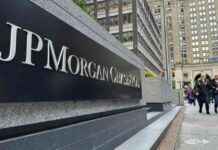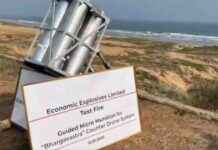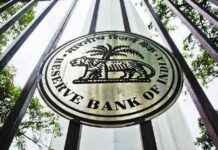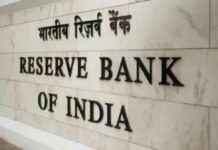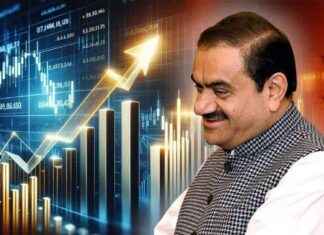The auto industry is projecting modest growth in the upcoming fiscal year of 2025-26, with passenger vehicle (PV) makers like Maruti Suzuki India, Hyundai Motor India, Kia India, Tata Motors, and Mahindra & Mahindra (M&M) anticipating single-digit growth. This forecast comes amidst a backdrop of domestic and global challenges, weak market sentiment, and a decline in first-time car buyers.
Factors Influencing Growth Projections
During the 19th ‘Looking Ahead’ Conclave hosted by the Society of Indian Automobile Manufacturers (SIAM), industry leaders discussed various factors contributing to the expected slowdown. These include the persistently high repo rate, rupee depreciation impacting material costs, challenges faced by young buyers employed in start-ups who are classified as ‘non-income group,’ and global uncertainties particularly influenced by developments in the US market. Maruti Suzuki India (MSIL) has projected a growth of 1-1.5%, Tata Motors and Hyundai Motor at 1.5%, Kia India at 3%, and Mahindra & Mahindra at 5%. Luxury car manufacturer BMW Group India is more optimistic, projecting a growth of 9% for FY2025-26.
Partho Banerjee, Senior Executive Officer – Marketing & Sales at MSIL, emphasized the importance of customer purchasing power, production costs, and understanding customer needs as key drivers of industry growth. Banerjee noted that the proportion of first-time car buyers in MSIL’s overall sales has decreased to 42% currently from 52% four years ago, highlighting shifting consumer trends.
Challenges and Transformations
Hardeep Singh Brar, Senior Vice-President and National Head Sales & Marketing at Kia India, highlighted the various challenges facing the Indian automotive market, including geopolitical uncertainties impacting raw material costs and consumer sentiment. Tapan Ghosh, Vice-President – Sales at HMIL, pointed out the growing popularity of mobility-as-a-service and the shift in consumer preferences towards SUVs over sedans or hatchbacks. He noted that the youth demographic is moving from ownership to user-ship models, influencing the demand for vehicles.
Rajesh Menon, Director General of SIAM, emphasized the industry’s efforts towards self-reliance and sustainability initiatives, with a focus on boosting automotive exports to capitalize on available growth opportunities. As the mobility landscape undergoes a deep structural transformation, the auto sector is gearing up to meet evolving consumer preferences.
The auto industry faces a challenging landscape in the upcoming fiscal year, with multiple factors influencing growth projections. From economic uncertainties to shifting consumer preferences, industry players are adapting their strategies to navigate these changes and sustain growth in a rapidly evolving market.





